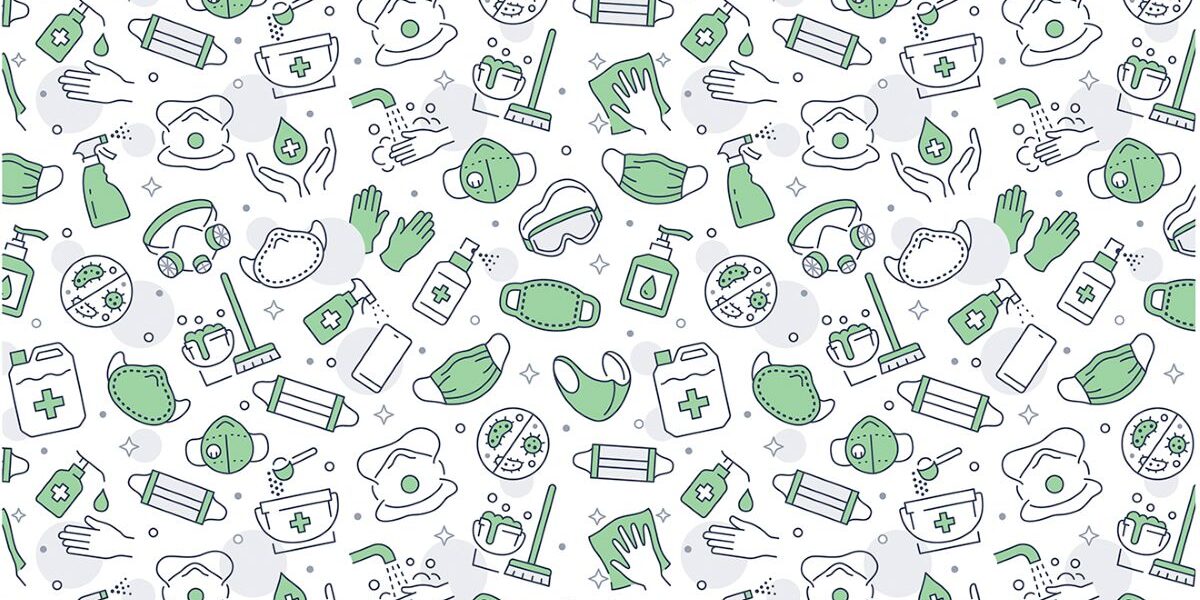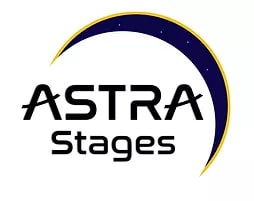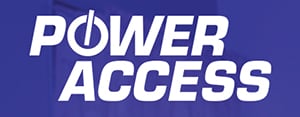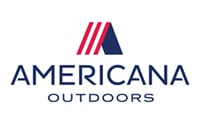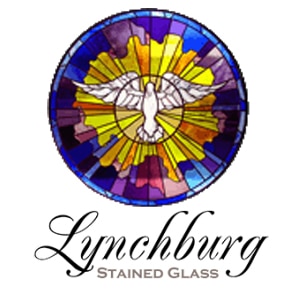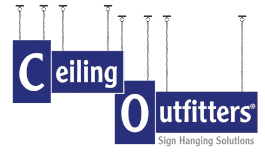By Michael Wilson
If we go back 50 or more years, we can honestly say that the professional cleaning industry did not change all that much.
Sure, there were refinements and improvements with some cleaning machines, and new cleaning solutions were introduced, primarily to address issues with the old ones they were designed to replace. But, for the most part, things kind of stayed the same.
Further, the industry primarily focused on cleaning for appearance. It did not matter what products were used or how they were used. If they enhanced the appearance of surfaces and entire facilities, that was all-important.
However, everything started changing from the late 1990s into the early 2000s.
Why? Facility managers and church administrators wanted more.
Although appearance was still a factor, a shift to cleaning for health took center stage. There were growing concerns that the cleaning products used should not harm the user, church users, or the environment.
This shift was fostered by the introduction of green certification for cleaning products. In the early 2000s, Green Seal and UL’s Ecologo started creating specific criteria for cleaning products. This meant that to be certified green, the product needed to meet specific criteria indicating that it was effective but had a reduced environmental impact.
This was the first time such certification had been done. Before this, no one was ever sure if the products they were using – called green – were genuinely green.
Green cleaning, as this soon began to be called, was further advanced because school administrators, building owners, facility managers, and church administrators began requesting green cleaning in their properties. There is nothing like customer demand for manufacturers to get on board and answer the call.
In addition, the cleaning industry soon realized that green is a journey; there really is no endpoint.
Over the past 20 years, new environmentally preferable cleaning products have been introduced, not just to replace the older ones, but to be more effective, have an even more reduced impact on the user and the environment, and be more cost-effective.
As this evolved, there were fewer and fewer reasons to select a traditional cleaning product. Green-certified cleaning products became the status quo. This has changed the industry dramatically in the past 20 years.
However, it was the COVID-19 pandemic that changed the industry more than ever before. This is because facility managers, church administrators, and others realized that cleaning was not just for appearance but also for health. The cleaning industry and the people cleaning facilities were the ones keeping people healthy.
Soon, enhanced cleaning methods, using new disinfecting solutions and cleaning procedures, were introduced.
During this period, and as facilities started reopening, the demand for effective, healthy cleaning grew even further. Now it was on everyone’s mind. At no time in history has professional cleaning been more valued and appreciated than it is today.
Enter Confusion
While the professional cleaning industry certainly changed – and most would say, changed for the better – since the pandemic, we are now realizing that many of the products introduced and used during this period were less effective than thought and, in some cases, could be harmful. One example was the use of antimicrobial coatings applied to surfaces.
Although these products can be effective, they are less effective in heavily trafficked areas, where many people use and touch the same surfaces. The result was a false sense of protection. The coating was promoted as helping to keep people healthy and safe when, in many cases, they were not.
The overuse of disinfectants also became a source of confusion. During the pandemic, facility managers wanted everything disinfected. To do this, cleaning professionals started using disinfectants anywhere and everywhere.
This practice, called “hygiene theater,” involved disinfecting virtually all surfaces, including many that did not need disinfecting. This overuse of disinfectants can have serious and harmful repercussions.
In the United States, the EPA classifies disinfectants as pesticides – they are designed to kill things. When people – especially children or older people – repeatedly touch these heavily disinfected surfaces or inhale the fumes from these products, it can be a health risk.
And then there was what many professional cleaning industry distributors call “trial-and-error” purchasing. Products were marketed during the pandemic as answers to help protect the health of building users.
Unsuspecting and unknowing consumers purchased these products, usually from online mega-stores. Administrators and managers selected products hoping for the best, only to find out they either did not meet their needs, were not effective, or, as we just referenced, could be harmful.
Trial-and-error purchasing also has another drawback. It’s expensive. Disinfectants in particular can be very costly. They must meet specific requirements by the EPA to be certified and sold in the U.S., plus the ingredients used to make these products have become increasingly expensive. Buying the wrong kind, sometimes more than once, is wasteful.
This leads us to another change in the professional industry, which has evolved over the past two decades. As we mentioned, managers and administrators started purchasing products electronically as online shopping became more popular.
However, this is where trial-and-error purchasing was conducted. When they discovered their mistakes later, they realized the value of janitorial distributors.
Many distributors receive ongoing training and education about cleaning products and procedures, especially if they are part of a network of distributors.
They learn it is their job to guide the customer, helping them select the cleaning, sanitizing, and disinfecting solutions that are most effective for their facilities, work the best, and are most cost-effective.
As we can see, the cleaning industry has changed dramatically over the past two decades. The sector now cleans for health and has a significantly reduced impact on the environment when compared to the industry 20 years ago.
Further, it is better educated, more professional, and – long overdue – more valued than ever before.
Michael Wilson is senior vice president of business development for AFFLINK, a distributor membership organization made up of more than 600 distributors in North America, www.afflink.com.



